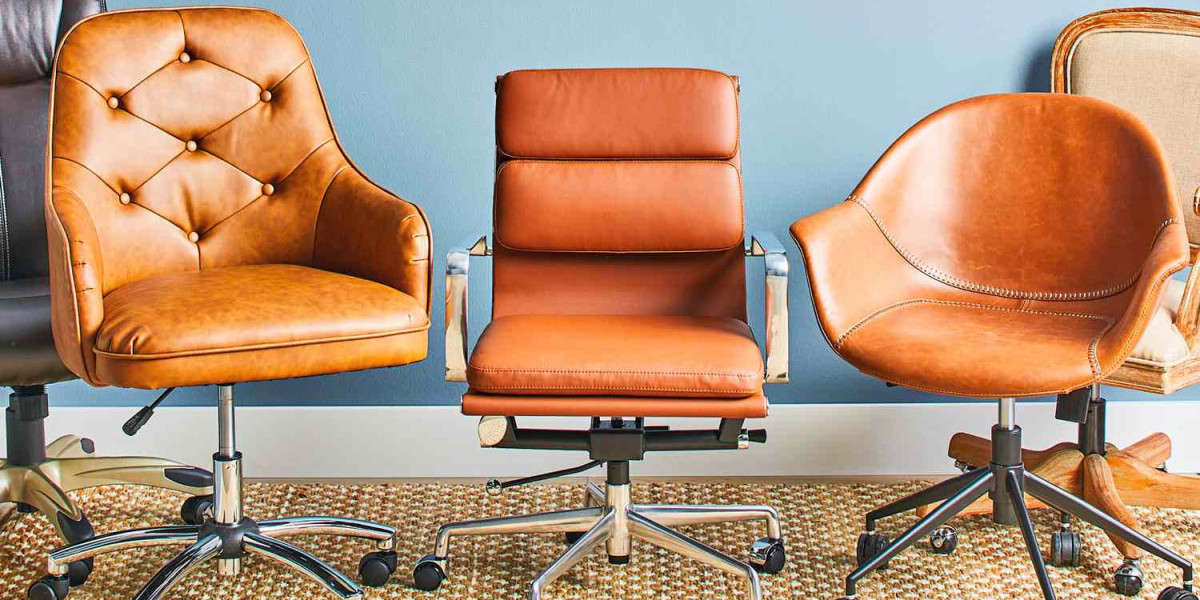As workplaces evolve to accommodate the digital age, integrating technology into office furniture design has become essential for creating efficient, functional, and future-proof workspaces. This fusion of furniture and technology enhances productivity, streamlines workflows, and promotes ergonomic comfort, making it a vital consideration for modern businesses. Here are key ways technology can be incorporated into office furniture design:
1. Integrated Power and Charging Solutions
One of the most practical ways to incorporate technology into office furniture is by integrating power outlets and charging ports directly into desks, tables, and seating.
- Smart Desks: Many office desks now come with built-in power outlets, USB ports, and wireless charging pads. This eliminates the need for bulky extension cords and keeps workspaces clutter-free while ensuring that devices remain charged throughout the day.
- Conference Tables with Built-in Power: Modern conference tables often feature hidden power outlets and HDMI/USB connections for seamless presentations, ensuring meetings run smoothly without the hassle of finding power sources or connecting cables.
- Smart Seating: Some office chairs and lounge seating are equipped with USB ports and charging stations, allowing employees to stay connected and charged even in informal seating areas.
2. Height-Adjustable and Motorized Desks
Height-adjustable desks, also known as sit-stand desks, have become increasingly popular as businesses recognize the health benefits of alternating between sitting and standing during the workday.
- Motorized Sit-Stand Desks: These desks come with electric motors that allow users to adjust the height of their workstations with the press of a button. Some models even come with memory presets, enabling users to save their preferred height settings for quick adjustments.
- Smart Desks with Health Tracking: Some height-adjustable desks are equipped with sensors that track the amount of time spent sitting or standing. Paired with companion apps, these desks can remind users when it’s time to switch positions, encouraging healthier habits.
3. Wireless Connectivity and IoT Integration
With the Internet of Things (IoT) gaining momentum, office furniture is becoming smarter and more connected. Wireless connectivity in office furniture allows for seamless integration with other office technologies and systems.
- IoT-Enabled Desks: IoT-enabled desks can monitor how they are used, collecting data on desk occupancy, temperature preferences, and lighting levels. This data can help facility managers optimize office layouts, energy usage, and workspace efficiency.
- Connected Meeting Rooms: Meeting room furniture integrated with IoT technology can control lighting, temperature, and audiovisual equipment based on the room’s usage. Sensors in the furniture detect when a room is occupied and adjust settings automatically for optimal comfort and efficiency.
4. Cable Management Systems
Technology is essential in any modern office, but dealing with tangled cords and cables can create clutter and inefficiency. Office furniture with built-in cable management systems helps keep workstations tidy and organized.
- Built-in Cable Channels: Desks and conference tables with built-in cable channels allow cords to be neatly routed out of sight, reducing clutter and creating a cleaner workspace. This also reduces the risk of tripping over loose cables.
- Wireless Charging Pads: Many modern desks now include wireless charging pads embedded in the desktop. This allows employees to charge their devices without the need for additional cords, contributing to a sleeker, more organized office environment.
5. Smart Lighting Integration
Lighting plays a significant role in employee well-being and productivity, and integrating smart lighting into office furniture enhances comfort and efficiency.
- Desks with Integrated Lighting: Some office desks come with built-in LED lighting that can be adjusted to the user’s preferences. Smart lighting systems can also adjust brightness based on the time of day or ambient light conditions, reducing eye strain and improving focus.
- Lighting Controls in Meeting Rooms: Smart furniture in meeting rooms can integrate lighting controls, allowing users to adjust the room’s lighting for presentations, video conferences, or collaborative discussions at the touch of a button.
6. Acoustic Furniture with Built-in Technology
As open-plan offices grow in popularity, managing noise levels and providing spaces for focused work becomes increasingly important. Acoustic furniture equipped with technology helps address these challenges.
- Acoustic Pods with AV Systems: Acoustic pods or booths, designed for privacy and quiet, often come with built-in audiovisual technology, making them ideal for private meetings, phone calls, or video conferencing. They also feature noise-reducing materials to create a quiet environment in busy offices.
- Acoustic Panels with Tech Integration: Acoustic wall panels or desk dividers can be fitted with wireless charging stations, USB ports, and lighting, blending soundproofing with functionality.
7. Collaborative Furniture with Built-in Screens and AV Systems
Collaboration is key in today’s workplaces, and furniture that incorporates technology can make teamwork more seamless and efficient.
- Collaboration Tables with Built-in Screens: Many collaboration tables and meeting room furniture now come with integrated screens, projectors, or smart boards, enabling teams to share ideas and content without needing external equipment. Wireless screen-sharing capabilities allow for easy presentations.
- Interactive Whiteboards: Some modern conference tables feature interactive whiteboards built into the surface, allowing team members to write and draw directly on the table during meetings, and then save or share the digital files.
8. Ergonomic Furniture with Health Tracking Technology
Ergonomic office furniture has advanced beyond just providing comfort. Now, many ergonomic chairs and desks are equipped with health-tracking technology to help employees maintain good posture and avoid strain.
- Smart Chairs: Smart ergonomic chairs are equipped with sensors that monitor posture and provide feedback to users through an app. These chairs can alert employees when they need to adjust their seating position to avoid back strain or poor posture.
- Posture-Tracking Desks: Desks with posture-tracking sensors can remind users to change their position, whether it’s adjusting the height of a sit-stand desk or altering the monitor height for better alignment. This helps prevent musculoskeletal issues that are common with prolonged desk work.
9. Furniture with Integrated Climate Control
Comfort is key to maintaining productivity, and temperature can have a significant impact on how employees feel and perform. Some office furniture now includes integrated climate control features.
- Heated Desks and Chairs: Some chairs and desks are equipped with built-in heating elements to keep employees warm during colder months. This can be particularly useful in large or drafty offices where maintaining a consistent temperature is challenging.
- Furniture with Ventilation Systems: There are also desks and chairs designed with ventilation systems to keep employees cool during warmer weather, providing additional comfort without the need for constant air conditioning adjustments.
10. Augmented Reality (AR) and Virtual Reality (VR) Integration
AR and VR technology are beginning to make their way into office furniture design, especially in industries where virtual collaboration or design work is essential.
- AR-Enabled Desks: Some desks are equipped with AR technology that allows users to interact with digital objects in the physical space. This can be useful for designers, engineers, or teams working on complex projects where visualizing 3D models is beneficial.
- VR Workstations: VR workstations allow employees to enter virtual environments for meetings, design projects, or training sessions, bringing a new level of interactivity to the workspace.
Conclusion
Incorporating technology into office furniture design is essential for creating modern, flexible, and productive work environments. From height-adjustable desks and smart chairs to wireless connectivity and IoT-enabled systems, technology-enhanced furniture can significantly improve employee well-being and optimize workflow. By investing in tech-integrated furniture, businesses can create a workspace that not only meets the demands of the digital age but also promotes comfort, efficiency, and innovation.
https://www.reddestin.pk/








